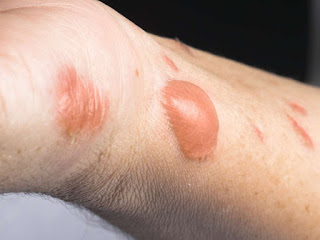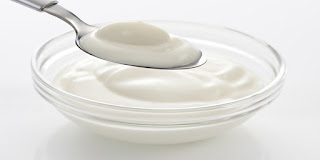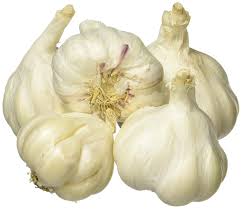Tamarind - Rich in NutrientsCommonly found tamarinds are given in Arabic and Persian languages ??- Hindi Tamar and Indian date palm are truly evocative names. The fleshy sour fruit inside the brown delicate pod contains tartaric acid and pectin.Tamarind...
Tamarind - Rich in Nutrients
Commonly found tamarinds are given in Arabic and Persian languages ??- Hindi Tamar and Indian date palm are truly evocative names. The fleshy sour fruit inside the brown delicate pod contains tartaric acid and pectin.
Tamarind is commonly used as a delicious spice in regional cuisines in Maharashtra, Tamil Nadu, Karnataka and Andhra Pradesh. Tamarind is especially used when making rasam, sambar, vatha kuzhambu, puliyogre etc. and any Indian chaat is incomplete without tamarind chutney. Even tamarind flowers are used to make a delicious dish.
Digestive DisordersScurvy (Vitamin C Deficiency)Common ColdBurns
Digestive Disorders-
The pulp of ripe fruit is beneficial in the treatment of gallstones, constipation and gas problems, indigestion. It is also beneficial in constipation. The prohibition made by softening its pulp with water is beneficial in the loss of appetite, lack of desire to eat food. Drinking tamarind milk is also very beneficial in the treatment of dysentery.
Secretory or scurvy. Vitamin C deficiency-
Tamarind is rich in vitamin C and it is beneficial in preventing and treating secretions.
To relieve common cold-
Tamarind and Pepper Rasam, considered as an effective home remedy for the treatment of cold and cold in South India.
ON BURNING-
The tender leaf of tamarind is very beneficial in the treatment of burns. Heat it on a covered pot with fire. Then grind it well and sieve it so that the sandy substance comes out (separates). After filtering it is mixed with sesame oil and applied on the burnt part. This causes the wound to heal within a few days















